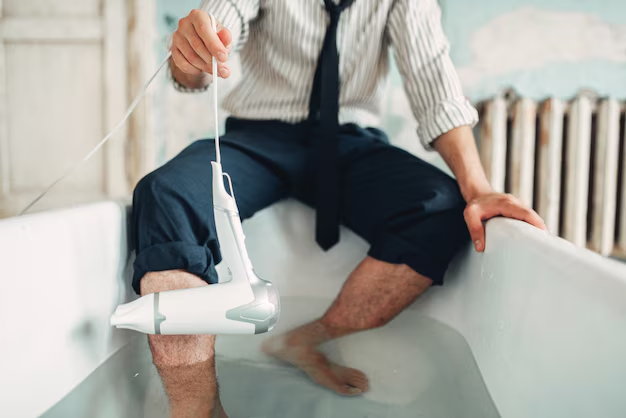Understanding Incontinence: What You Need to Know
Incontinence is a condition that affects millions of people across the globe, yet it's often shrouded in misunderstanding and embarrassment. In simple terms, incontinence refers to the involuntary loss of urine or fecal control. It varies widely in severity, ranging from a small, occasional leak during a sneeze or cough, to complete inability to control the bladder or bowels. It's a common issue that can stem from a variety of causes, including aging, surgery, neurological disorders, or childbirth.
Types of Incontinence
- Stress Incontinence: Occurs when physical activity or exertion such as coughing, sneezing, or heavy lifting puts pressure on the bladder, causing leaks.
- Urge Incontinence: Characterized by a sudden, intense urge to urinate followed by an involuntary loss of urine. It is also known as overactive bladder.
- Overflow Incontinence: Happens when the bladder cannot empty completely, leading to overflow and leakage.
- Functional Incontinence: Arises when a person is unable to reach the bathroom in time due to physical or mental impairments.
- Mixed Incontinence: Involves symptoms of more than one type of incontinence, typically stress and urge incontinence.
Causes and Risk Factors
Incontinence can be caused by a myriad of factors, including but not limited to urinary tract infections, pregnancy and childbirth, menopause, enlarged prostate in men, and certain medications. Lifestyle factors such as smoking, excessive caffeine or alcohol intake, and obesity can exacerbate incontinence symptoms. Additionally, aging is a significant risk factor, although the condition is not an inevitable part of getting older.
Managing Incontinence
Managing incontinence often requires a comprehensive approach:
- Lifestyle Changes: Reducing caffeine and alcohol intake, engaging in pelvic floor exercises (Kegels), and managing weight can significantly help.
- Medications: Various medications can help relax the bladder or increase its capacity.
- Medical Devices: Devices such as urethral inserts or pessaries can provide added support.
- Surgery: In severe cases, surgical interventions might offer long-term solutions.
Practical and Financial Assistance for Incontinence
Dealing with incontinence can come with its own set of financial challenges, from purchasing specialized products to seeking professional treatment. Luckily, various resources and programs can provide help:
- Government Aid Programs: Many countries offer government assistance for healthcare needs which can cover treatment for incontinence. Check with local health departments for eligibility and application processes.
- Insurance and Financial Assistance: Health insurance often covers the cost of incontinence supplies. Additionally, some non-profit organizations offer financial aid to those in need.
- Debt Relief Options: If managing medical expenses becomes overwhelming, consider exploring debt relief options with professionals to reorganize payments in a manageable way.
- Credit Card Solutions: Certain credit cards offer low-interest plans for medical expenses, which may ease financial strain.
- Educational Grants: For caregivers or health professionals interested in incontinence education, there are grants available to fund further study.
Resources for Financial Assistance and Support:
- 💸 Medicaid/Medicare Assistance: Provides coverage for incontinence supplies and medical services.
- 🧾 Health Savings Accounts: Use these accounts to pay for supplies with pre-tax dollars.
- 🏥 Non-Profit Support: Organizations like the National Association for Continence offer financial support and resources.
- 📈 Debt Consolidation Services: Companies that offer to merge debts into a single payment to simplify and reduce costs.
- 📚 Scholarships for Caregiving Programs: Funding for training in health programs emphasizing incontinence care.
Living with incontinence can be challenging, but with the right support and resources, it’s possible to manage the condition effectively. Remember, you are not alone, and assistance is available to help you maintain your health and dignity.

Related Topics
- a Patient You Are Caring For Uses Incontinence Briefs
- Are Incontinence Products Tax Deductible
- Are Incontinence Supplies Covered By Medicare
- Are Incontinence Supplies Tax Deductible
- Can a Bladder Infection Cause Urinary Incontinence
- Can a Kidney Stone Cause Incontinence
- Can a Urinary Tract Infection Cause Incontinence
- Can a Uti Cause Incontinence
- Can Constipation Cause Incontinence
- Can Constipation Cause Urinary Incontinence